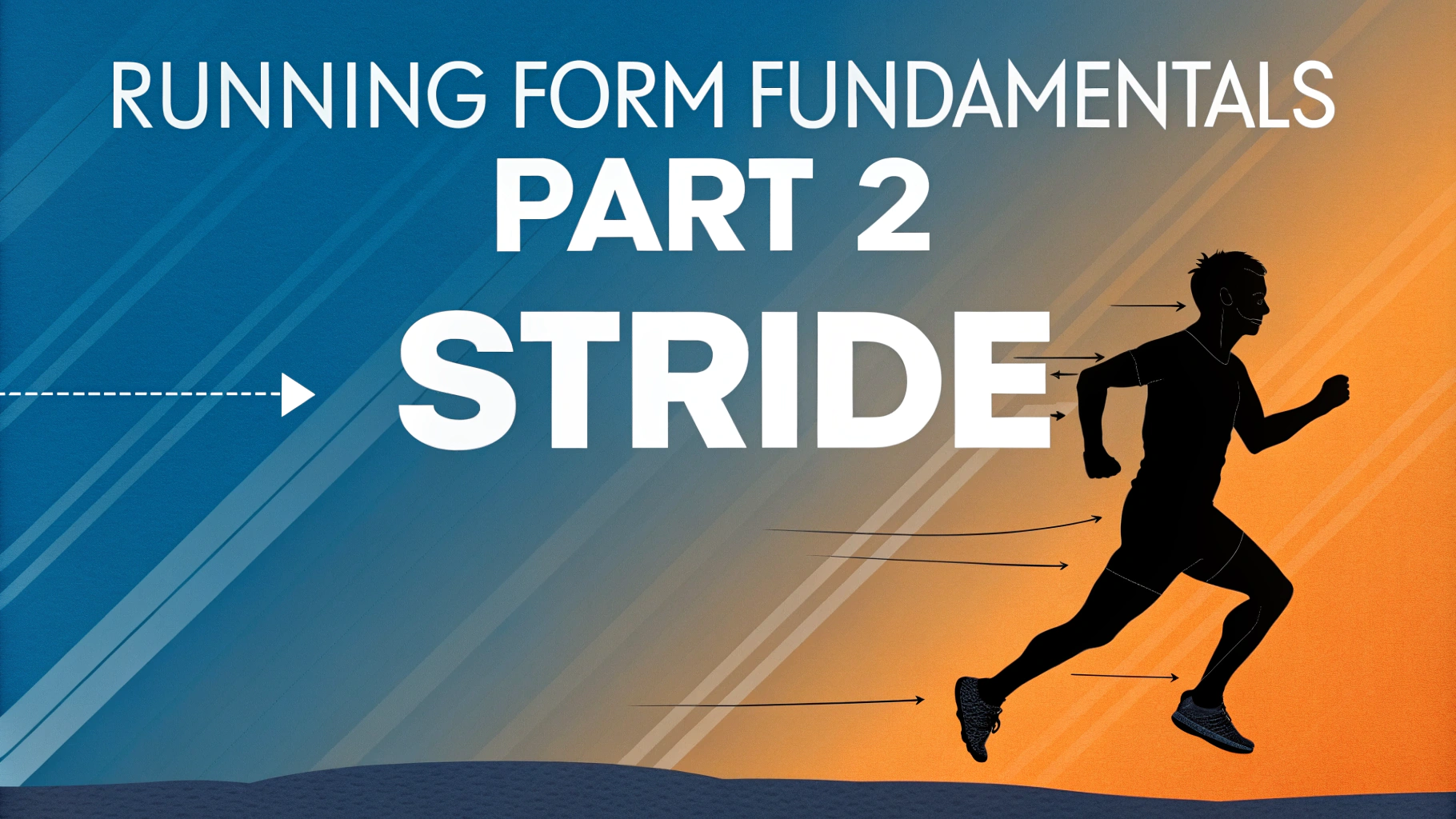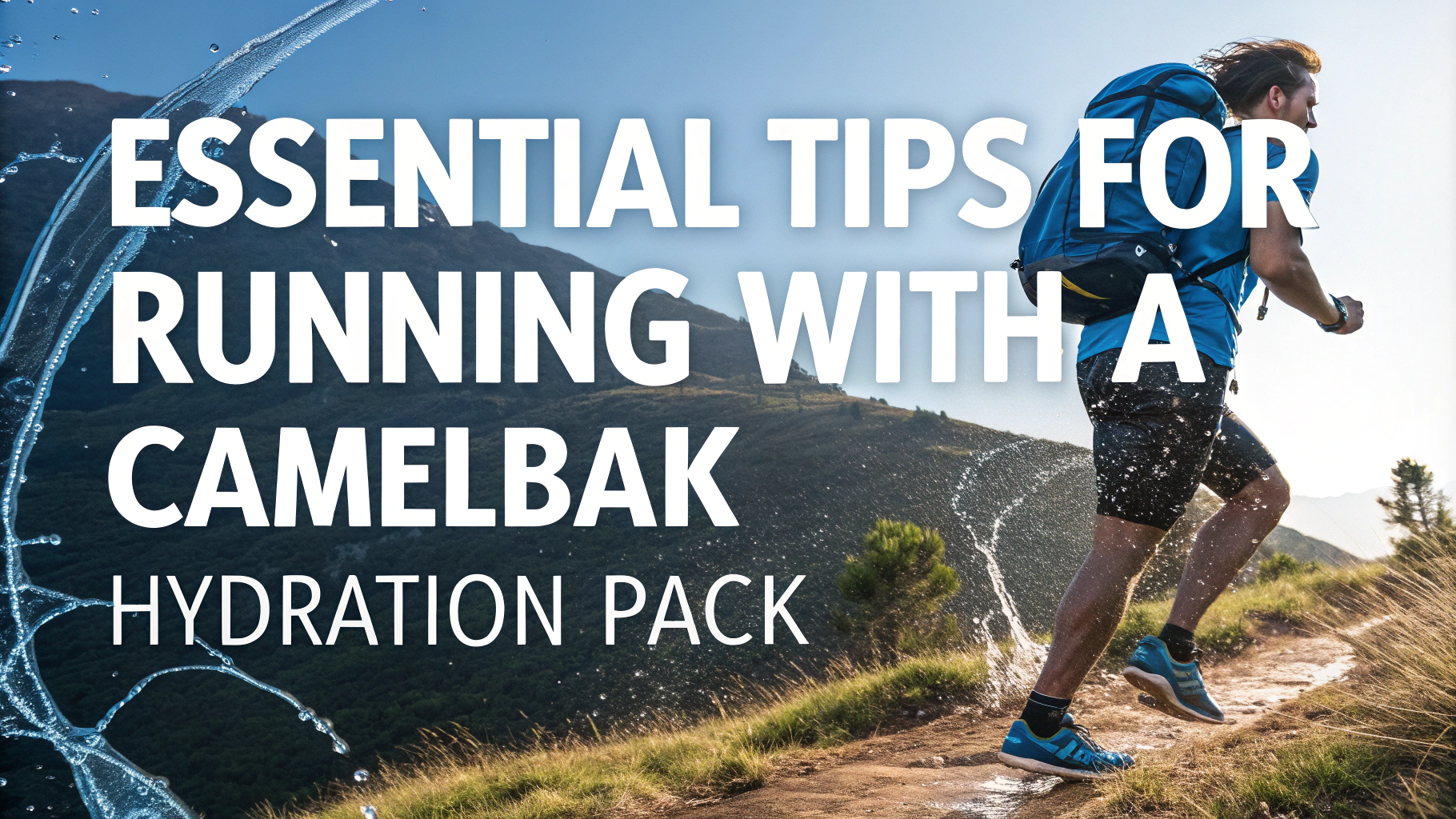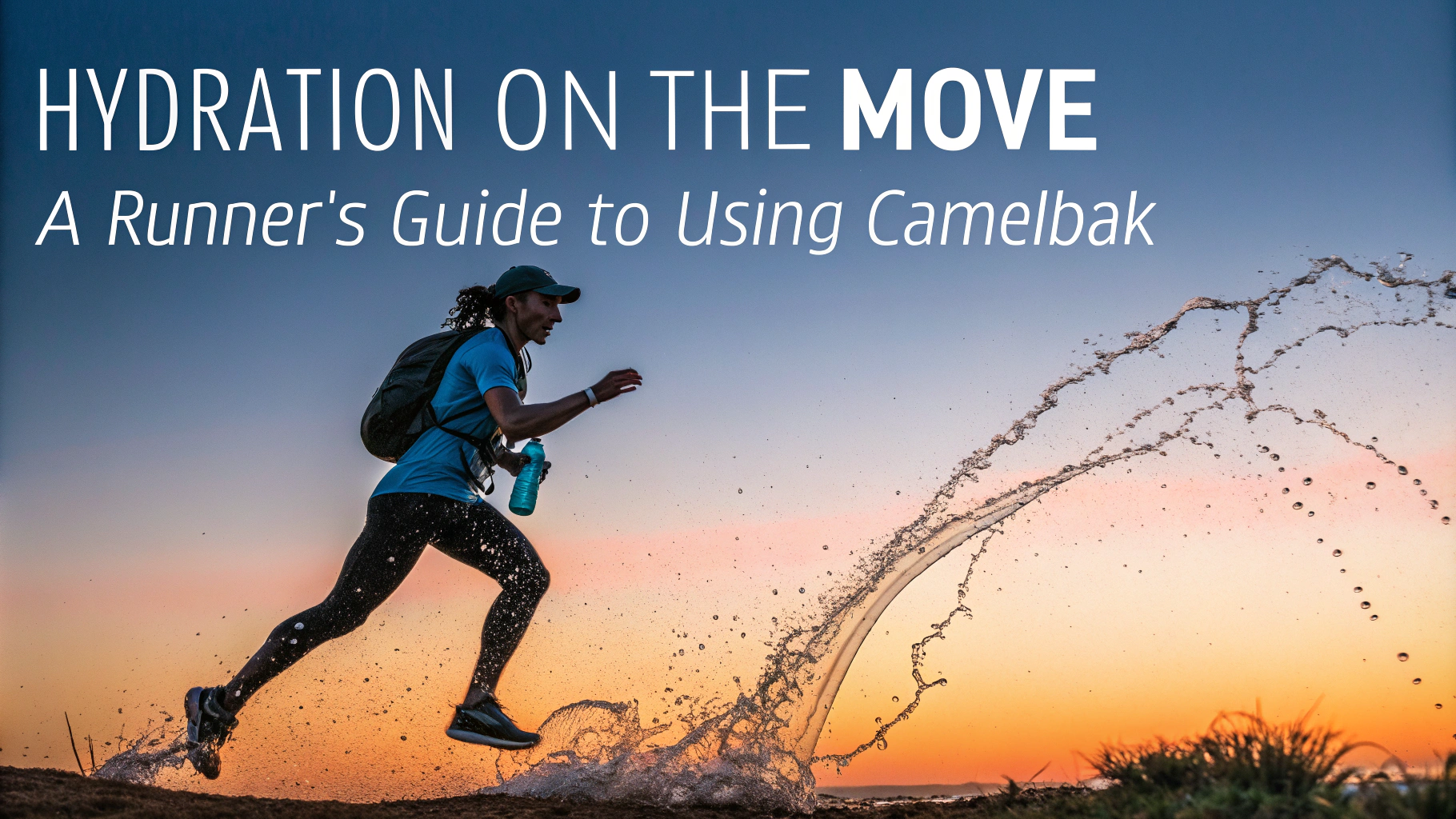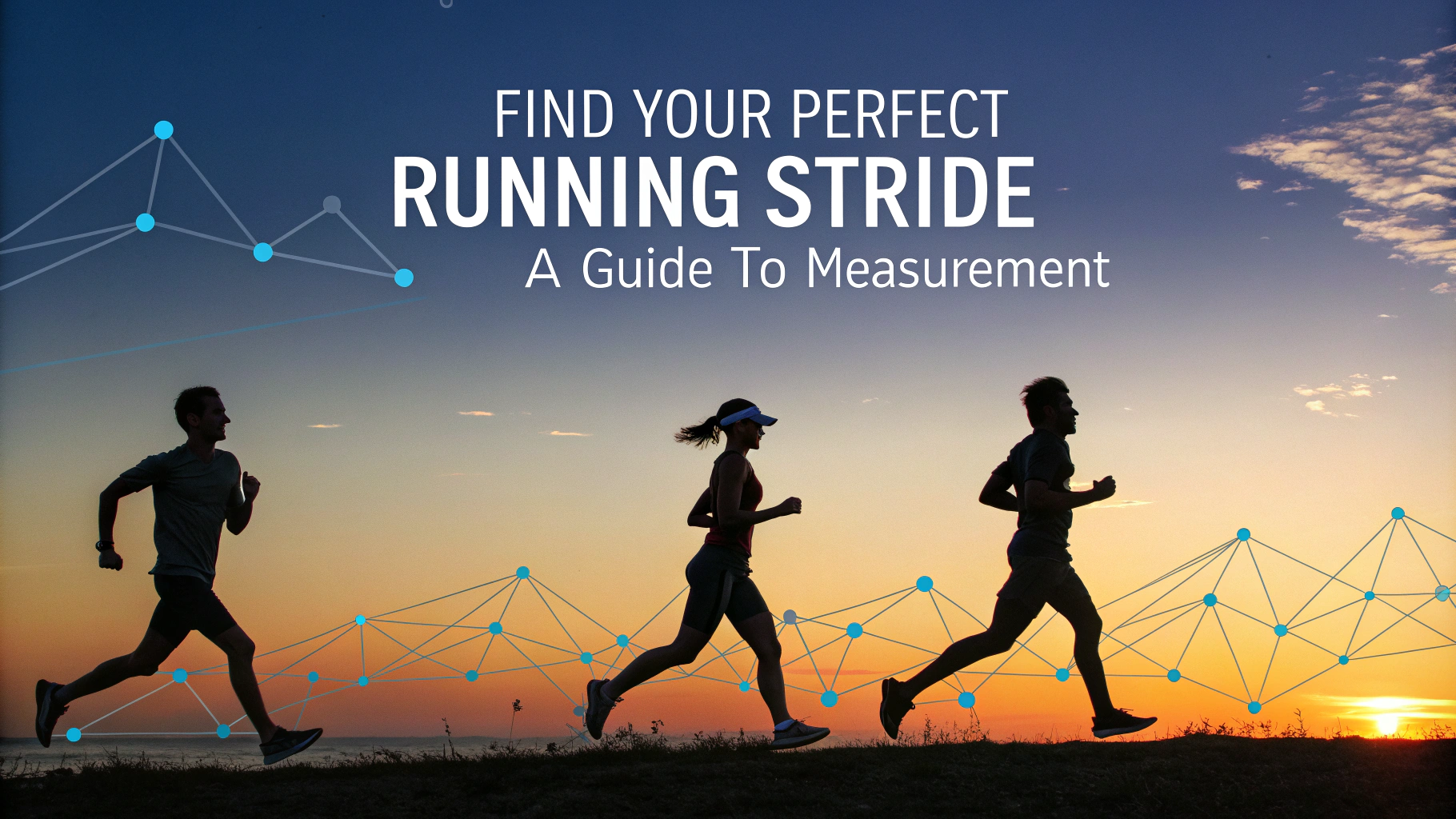Running with a CamelBak hydration pack requires proper fitting, loading, and maintenance to maximize comfort and efficiency during your runs.
Choosing the Right CamelBak
Select a pack size based on your running duration – 1.5L is ideal for runs up to 2 hours, while 2L or 3L works better for longer distances.
Essential Fitting Tips
- Adjust shoulder straps to keep the pack high on your back
- Tighten chest strap at armpit level
- Secure waist belt snugly around hips
- Test fit by jumping – pack should stay in place
Loading Your Pack
- Fill bladder with cold water (add ice for longer runs)
- Remove excess air from bladder before sealing
- Thread drinking tube through designated loops
- Position bite valve within easy reach
Maintenance Tips
Clean your CamelBak after each use to prevent bacteria growth and extend its lifespan.
| Cleaning Method | Frequency |
|---|---|
| Rinse with warm water | After each use |
| Deep clean with CamelBak cleaning tablets | Monthly |
| Air dry completely | After each cleaning |
Common Issues and Solutions
- Bouncing Pack: Adjust straps and reduce load
- Leaking Bladder: Check seal and connections
- Slow Water Flow: Clean bite valve and tube
Training Tips
Practice drinking while running at slower speeds before attempting it during races or long runs.
Take small sips every 15-20 minutes rather than large gulps to prevent stomach discomfort.
Recommended Products
- CamelBak Ultra Pro Vest (ideal for races)
- CamelBak Circuit Vest (best for training)
- CamelBak Cleaning Kit ($15-20 at major sporting goods stores)
Contact CamelBak customer service at 1-800-767-8725 for product support or warranty issues.
Learn more about hydration pack maintenance at CamelBak’s official care guide.
Safety Considerations
Ensure your hydration pack is ready for every run by following key safety protocols.
Pre-Run Checklist
- Check all seals and connections for leaks
- Verify bite valve is clean and functioning
- Ensure all straps are intact
- Test drinking system before heading out
Weather Adaptations
Modify your hydration strategy based on weather conditions and running environment.
Hot Weather Tips
- Fill bladder halfway with ice, then water
- Consider electrolyte solutions instead of plain water
- Increase sipping frequency to every 10-15 minutes
Cold Weather Tips
- Use insulated tubing to prevent freezing
- Blow water back into reservoir after each sip
- Keep water lukewarm for better absorption
Conclusion
Proper CamelBak use enhances running performance and ensures adequate hydration during training and races. Regular maintenance, correct fitting, and appropriate use techniques will maximize your investment and running experience. Remember to adapt these guidelines to your specific needs and running conditions.
FAQs
- How do I properly clean and maintain my CamelBak hydration pack?
Rinse after each use with warm water, use cleaning tablets every few months, dry completely with the reservoir hanging upside down, and store in the freezer when not in use to prevent bacterial growth. - How tight should I wear my CamelBak while running?
The pack should be snug but not restrictive, with no bouncing. Adjust all straps so the pack sits high on your back, and use both the chest and waist straps for stability. - How much water should I carry for different running distances?
Generally, carry 1-2 liters for runs up to 2 hours, adjusting based on temperature and humidity. For shorter runs (under 1 hour), 0.5-1 liter is usually sufficient. - What’s the best way to prevent the sloshing sound while running?
Remove excess air from the bladder before sealing, ensure the pack is properly fitted, and try to fill the reservoir completely or just under capacity to minimize water movement. - How do I prevent chafing while running with a hydration pack?
Wear moisture-wicking clothing, apply anti-chafe balm to potential friction points, and ensure the pack fits properly with straps adjusted correctly for your body type. - Should I clean my CamelBak hose after every run?
Yes, blow air back through the tube after each use to clear water from the drinking tube, and use the cleaning brush that came with your pack regularly to prevent mold growth. - How can I keep my water cool during long summer runs?
Fill the reservoir halfway with ice before adding water, use an insulated tube, and consider freezing the filled pack overnight for extra-long runs in hot weather. - What size CamelBak is best for running?
For most runners, a 1.5-2L capacity pack is ideal. Choose minimalist designs for racing and larger packs with extra storage for trail running or ultra distances. - How do I prevent leaks in my hydration pack?
Check all connections are tight, ensure the cap is properly threaded and sealed, inspect O-rings regularly, and replace any worn parts immediately. - Can I put sports drinks in my CamelBak instead of water?
Yes, but clean thoroughly after each use with sports drinks to prevent residue buildup and bacterial growth. Consider using a separate reservoir for sports drinks and water.










